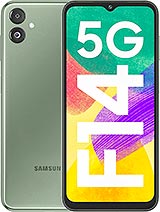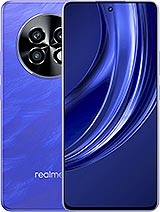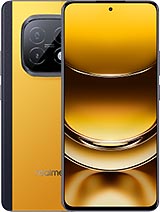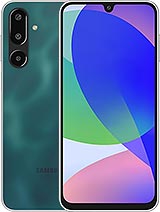Redmi 13C alternatives
Tap above to see alternatives.
Samsung Galaxy F14 alternatives
Tap above to see alternatives.
Samsung Galaxy F14

Samsung Galaxy F14
-
Exynos 1330
5 nm
-
6000 mAh
25W
-
6.6"
1080x2408 pixels
-
50 MP
1080p@30fps
-
Specs

2x2.2 GHz Cortex-A76
6x2.0 GHz Cortex-A55
2x2.4 GHz Cortex-A78
6x2.0 GHz Cortex-A55
6GB 128GB (UFS 2.2)
8GB 256GB (UFS 2.2)
6GB 128GB (UFS 2.2)
f/1.8, 28mm (wide), PDAF
0.08 MP
(auxiliary lens)
f/1.8, (wide), PDAF
2 MP
f/2.4, (macro)
f/2.0, (wide)
SIM1: Nano, SIM2: Nano
SIM1: Nano, SIM2: Nano
FDD: N1, N3, N5, N8, N28
TDD: N40, N78
FDD: N1, N3, N5, N7, N8, N20, N28, N66
TDD: N38, N40, N41, N77, N78
FDD: N1, N3, N5, N8, N28
TDD: N40, N78
FDD: N1, N3, N5, N7, N8, N20, N28, N66
TDD: N38, N40, N41, N77, N78
In this comparison, the Samsung Galaxy F14 with the Exynos 1330 (5nm) performs better than the Redmi 13C with the Mediatek Dimensity 6100+ (6nm), thanks to its more efficient chipset.
Both phones offer the same OS update support and receive security updates for the same duration.
Both phones use LCD panels. They have the same 90 Hz refresh rate. These phones offer the same brightness level at nits. Notably, Samsung Galaxy F14 has a higher resolution display, resulting in sharper visuals.
Samsung Galaxy F14 has a larger 6000 mAh battery for longer usage. Samsung Galaxy F14 supports faster wired charging at 25W.
Redmi 13C has an IP52 rating, while Samsung Galaxy F14 lacks official water and dust resistance.






